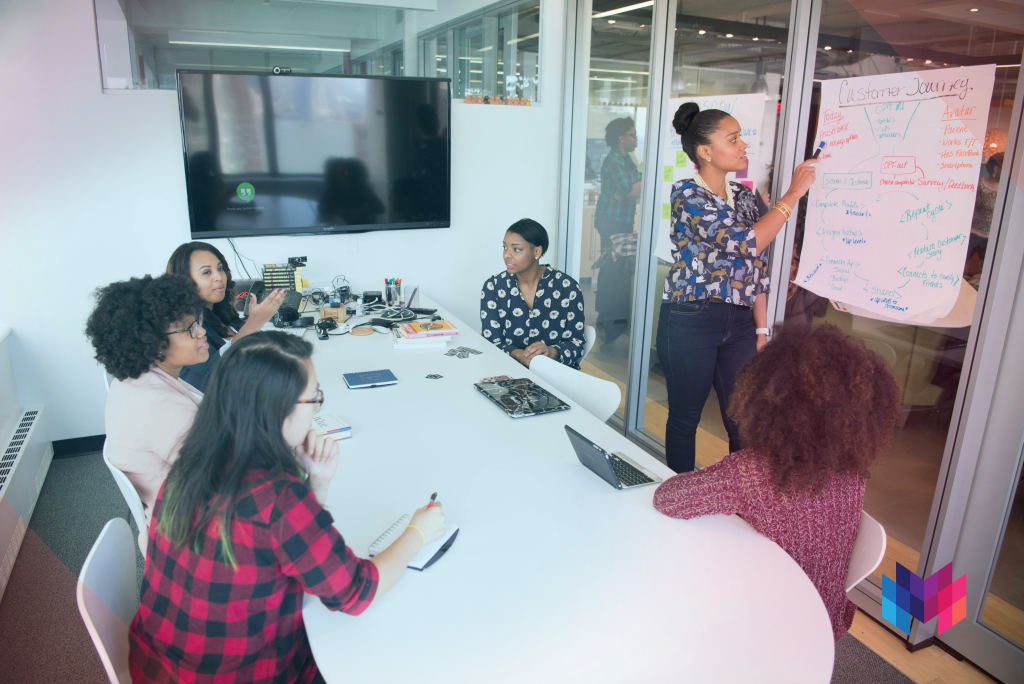Did I hear right?
According to the public State of the Nation Address:
- 2.4 million children are in Early Childhood Development and pre-school.
- 81% of learners passed matric in 2019.
- 720 000 students received state funding for Technical and Vocational Education and Training colleges and universities in 2019.
- 550 schools provide various technical vocational specialisations.
- 67 schools are currently piloting the occupational stream.
- 9 new Technical and Vocational Education and Training college campuses are being built this year.
- 200 schools are to receive coding and robotics in Grades R to 3 by 2022.
- 10 is the age of children to be able to read for meaning.
Nelson Mandela was right: education is arguably the most important driver of growth and development for sub-Saharan Africa (SSA) and indeed South Africa. This I understand and agree with, but I don’t understand why the government wants to spend R64 billion on student accommodation.
Instead, I feel that the money could be better spent on digitally optimising the course material presented by public universities and TVET colleges. There is a very real opportunity to reduce capital and operating costs by leveraging technology in delivery.
[inline_course_ad]
I would argue that this is particularly relevant for working professionals, as blended and online degrees and short courses provide a convenient and affordable way to study.
Distance education institutions such as UNISA are the best positioned to capitalise on this reality. A wonderful example of this is OneUni in Kenya. We need to look at what we already have in place and make these better.
The importance of early childhood development combined with good nutrition will remain the cornerstone of the South African education journey. And while the 81% pass rate is commendable, the overall throughput rate from Grade 1 to Matric should be the real measure.
Communicating the pathways to a successful career with learners will require careful alignment of the skills our country actually needs with those a learner would like to acquire. The role of private and public education providers will be critical in helping learners navigate this myriad of choices. In the end, we don’t want to graduate students with skills that are simply not in demand and aligned with industry.
Simply put, we need doctors, lawyers, accountants – but we also need a skilled workforce that will drive our economy. A culture of lifelong learning needs to be supported and encouraged.
So…what to do?
How we get there is NOT by building more institutions. Instead, we should look to enhance and optimise what we already have by working smarter: using technology-enabled teaching to deliver meaningful education, including short online courses, full online qualifications, microlearning, work readiness and entrepreneurship programmes.


